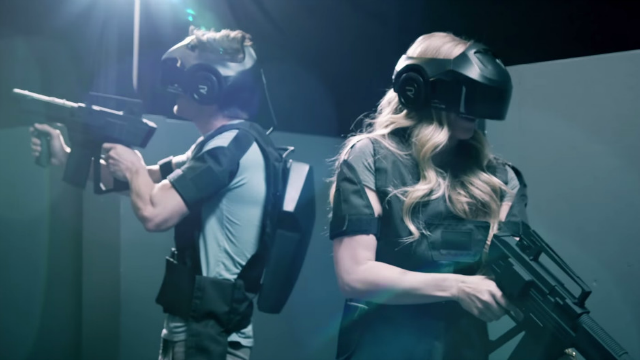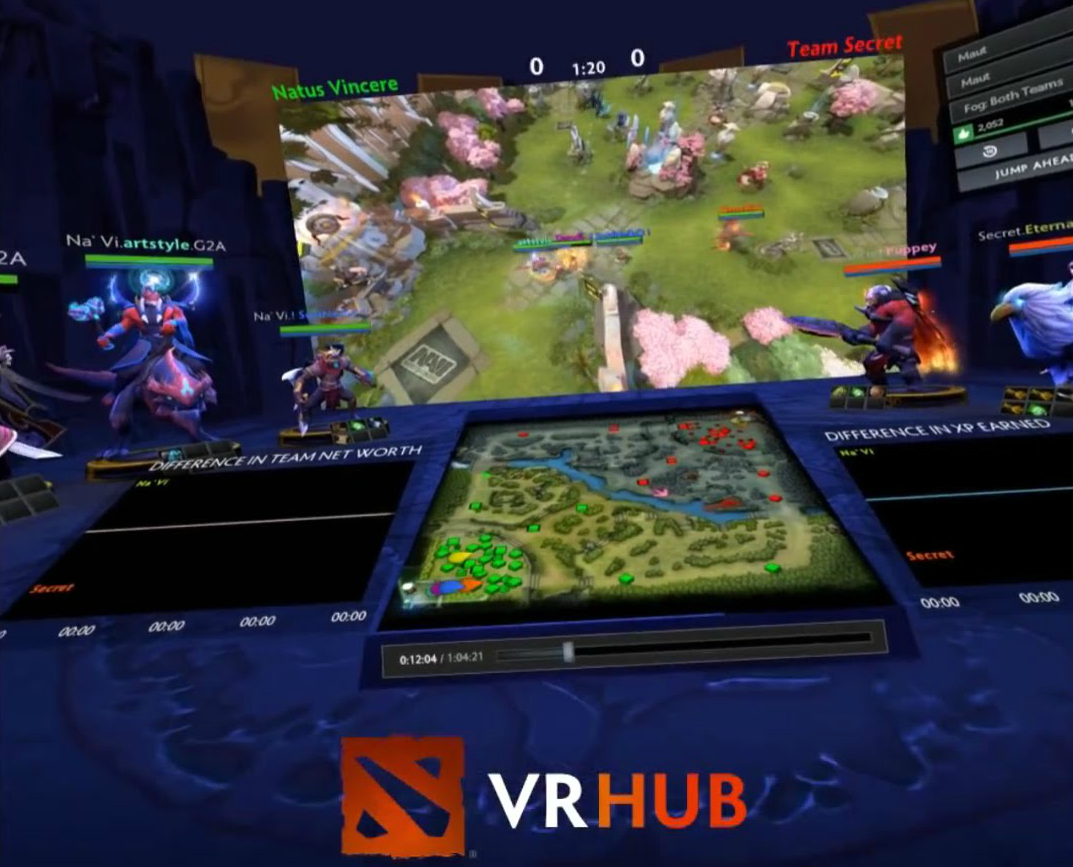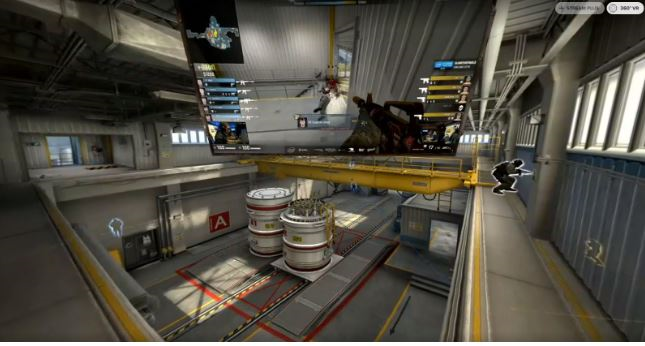Virtual reality has really blown up in the past year. Nowadays, with cell phone technology you can even create a cardboard headset, making it simpler than ever to immerse yourself into a VR experience. As quickly as the technology develops, the uses of virtual reality expand.
VR really stepped into gaming with the Oculus Rift around 2014, which was then bought by Facebook. After that, other major companies followed suit, developing their own VR rigs to adapt to gamers. With that, the potential of virtual reality eSports has started to stir. But can VR succeed in the rapidly evolving community of eSports?
It most certainly will try.
Virtuix has already created their own virtual reality system, known as ‘Omni’, going beyond just the headset and including an actual motion platform the player can walk on, which reflects the in-game environments.
They displayed their active VR experience at Consumer Electronics Show 2016 in Las Vegas and even held an FPS tournament.
The Omni is such a huge setup and while they’re available for pre-order, you would be lucky to snag one yourself.
This brings up one of the major conflicts with virtual reality and eSports: cost. As they are starting to become more and more popular, the price of the headsets or full setups are still a bit too steep for casual consumption.
If VR rigs are going to be used in eSports, players need to be able to practice with them right? Dropping huge amounts of money for the VR rig alone is unlikely for a casual gamer to pick up and try competitively.
Right now, virtual reality headsets for gamers are more of a parlor trick, like the Kinect or PlayStation Eye. They’re cool to have for a few games, but not really in high demand for gamers. You’ll probably still start seeing them in every other living room (especially in the holiday season), but it’s doubtful that there will be enough buy-in by gamers that would consider VR in eSport tournaments.
While it’s not really practical that VR could be used for eSports players anytime soon, there is a good chance companies will focus more on using the technology to give fans an immersive experience during tournaments and events.
Back in the summer, Valve introduced the Dota VR Hub for users to watch live matches, replays and streams in their VR Theater from the comfort of their own home. This gave viewers a completely new experience for watching professional Dota 2. The feature is still available and can be used through your Steam account, as long as you already own a VR headset.
This weekend, ESL and SLIVER.tv provided a similar feature at Intel Extreme Masters: Oakland for CS:GO and League of Legends. Fans were able to watch both competitions with a 360-degree view, as well as player and bird’s eye perspectives. Viewers were even able to see in-game stats as they watched. The service was free and fans were able to watch it on their smartphone, SLIVER.tv or VR headset through SLIVER.tv’s platform.
This specific feature for IEM was good, in theory, but the execution was less than stellar. The quality was fairly low on the website version, and overlaying the first-person view over the bird’s eye view was less than appealing. Viewers were also unable to select anything other than your 360-view, as the map location changed based on where players were located.
Overall, it’s more likely virtual reality in eSports will excel further in relation to fans more than the players. There are already big companies behind the technology and as eSports grows, so will the technology with it.









Published: Nov 19, 2016 12:41 pm